Steel built the modern world. It is the mainstay of manufacturing, engineering, and construction, and also vital in modern food production, medicine and telecommunications.
The usefulness of steel derives from its strength and amazing versatility. Minor chemical alterations using carbon, silicon, tungsten, chromium, molybdenum, nickel and other metals modify its characteristics in countless ways. Different production methods, such as extruding, hammering, annealing, hot or cold rolling, forging and quenching, extend those useful qualities further.
Structural steels are those most suitable for use in construction. Many are defined in international standards such as EN 10027 but the most commonly used are probably S275 and S355. There are many good reasons for choosing steel frame construction methods for buildings of all sizes, from small single floor enclosures to towering skyscrapers, but the following are just a few.
Long term cost-effectiveness
Alternative materials such as concrete or timber often appear cheaper at first sight but have numerous ongoing disadvantages. In particular, they are less durable and typically require more long-term maintenance and repair. While steel is relatively easy to modify at a later date, concrete constructions may have to be levelled and replaced. Concrete demolition and disposal is a high cost operation, whereas steel can be dismantled and recycled.
Steel can also reduce project time-frames, especially when sections are prefabricated offsite. As a result, the costs of elements such as staff resources, traffic management and environmental mitigation strategies are often reduced. Being lighter than concrete they also need less foundation work.
Modular prefabrication
Computer-aided design of steel frame buildings has made it simple to break down the building infrastructure into component modules that can be built in workshops, easily transported to site and rapidly assembled. Some types of interlocking joint require no further fixing while many others are easily secured using cast or pre-bored boltholes. As a result, they are easily adjusted, relocated or even re-designed in the course of the project or at a later date.
Environmental safety
Concrete is attracting increasing attention because of its detrimental environmental impact. Cement production is a major global producer of CO2 and on-site concrete dust is a major long-term health hazard to both workers and local neighbourhoods. In contrast, steel is almost 100% recycled (without any quality degradation) and poses no significant site pollution problems.
Sheer strength
Expertly designed structural steel frames offer unparalleled strength compared to any other practical building material. An equally important consideration, especially for high rise buildings, is the weight to strength ratio. By providing superior compression and sheering strength at a fraction of the weight of concrete slabs and columns, it becomes possible to build higher, span wider voids and provide architects with far greater creativity. Problems can be solved with steel that are insurmountable with other materials.
The strength to weight saving also increases freedom aesthetically. With structural support taken care of, the designer can choose from a wide variety of cladding and flooring solutions to optimise appearance as well as lighting, ventilation and heating efficiencies.
To realise the many advantages of steel, expert design and skilled installation are extremely important. Walker Engineering are experienced steel specialists who can manage projects of any scale – from design through fabrication to site installation. Call us for free project advice at any time – no matter how large or small your plans.



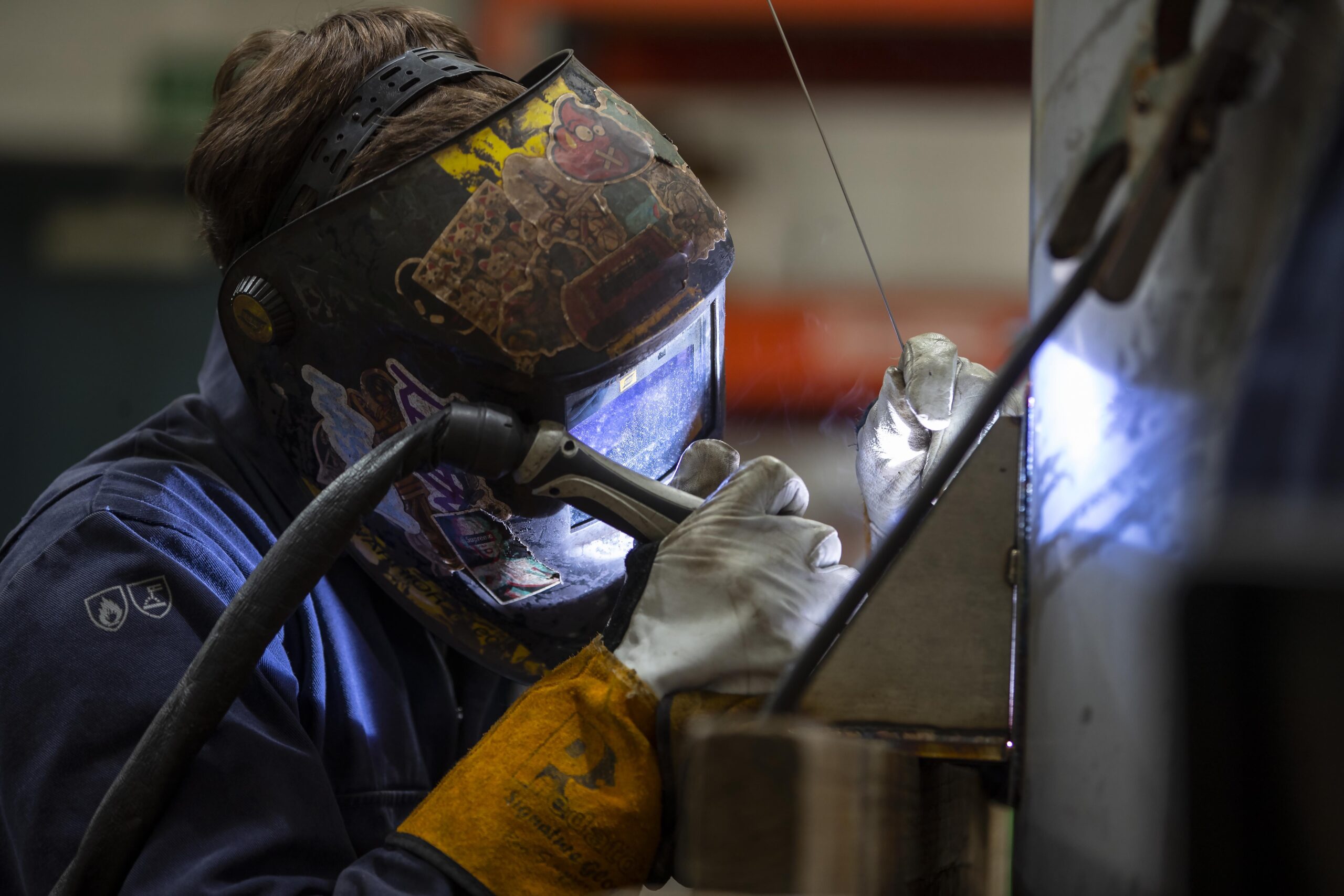

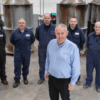


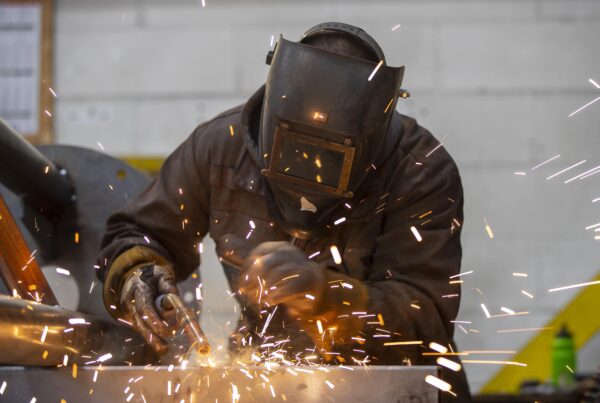
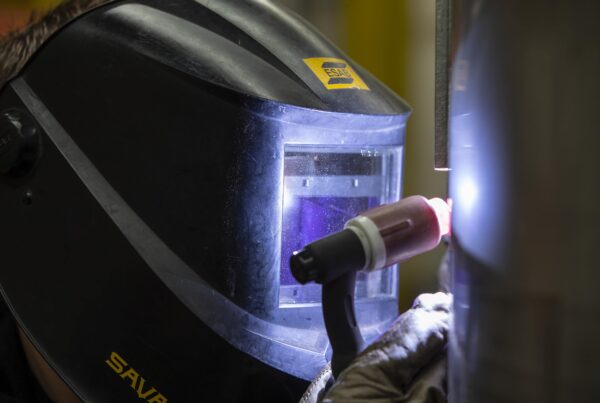
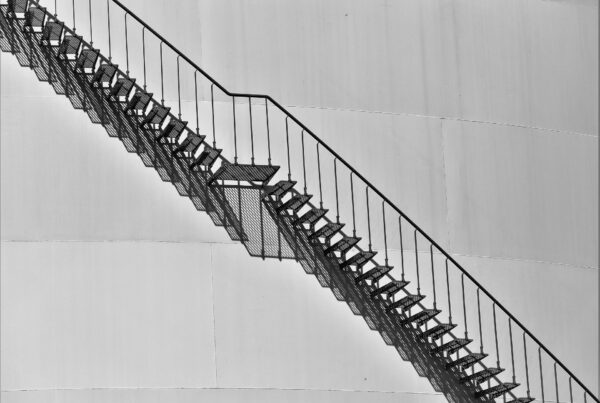
Recent Comments